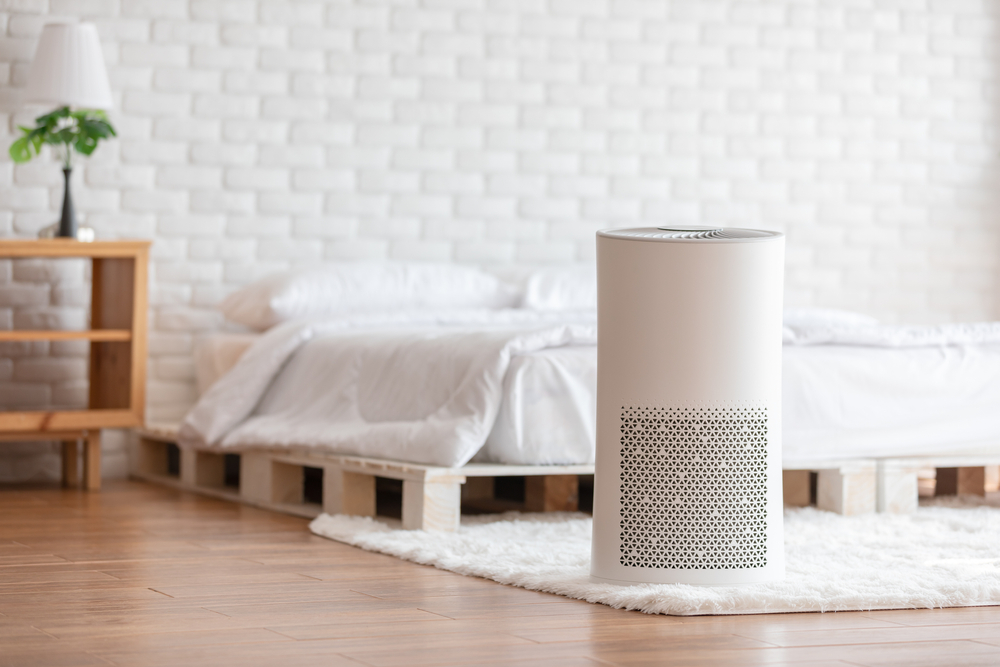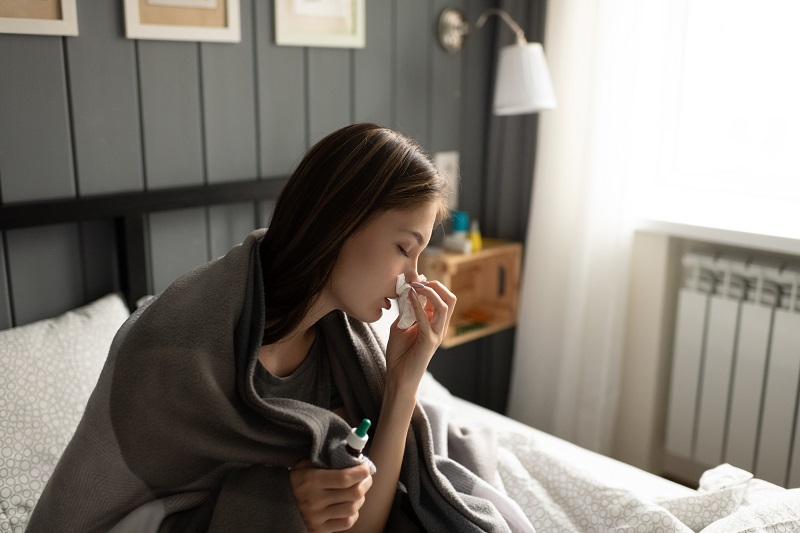
Now that everybody stays home to prevent coronavirus, the quality of the indoor air has become more important than ever. Many people have switched to air purifiers for dust, pollen, pet dander, smoke, cooking fumes and more to cleanse the air. Even those famous home appliances claim to scrub flu air and common cold germs. But can they do the same when it comes to coronavirus?
Quarantine questions
It’s a common question, especially among people who are taking care of a sick family member quarantined at home, says Ted Myatt, ScD, senior consultant with Environmental Health & Engineering in Massachusetts.
“The thought is that when people who are sick with coronavirus are breathing in and out, talking, sneezing, or coughing, they are generating particles that are likely to contain coronavirus.”
And since the larger particles are likely to fall to the ground or land on surfaces, smaller particles remain suspended in the air, capable of infecting someone who inhales them.
Government guidelines
The official opinion of the Environmental Protection Agency is that no air purifier has been proven to protect users from the new coronavirus until now, while the U.S. Centers for Disease Control and Prevention has no formal statement on this topic.
The Food & Drug Administration (FDA), however, has said that air purifiers can be useful but only alongside other measures. On March 30, they stated that “FDA believes that certain sterilizers, disinfectant devices, and air purifiers…may help reduce this risk of viral exposure based on our current understanding of these devices and SARS-CoV-2.”
The experts we spoke to told us that it will certainly not hurt, as long as people understand what an air purifier can and can not do.
Air purifier basics
Most purifiers include a fan that draws air via a disposable HEPA (high-efficiency particulate matter) filter capable of trapping 99.97 percent of pollutants which are exactly 0.3 microns. At 0.125 microns the coronavirus can tend to slither right past the filter. (A micron is one-millionth of a meter, equivalent to around 60-120 microns of human hair)
But Myatt states that the structure of the particles is not so cut and dry. “A HEPA filter actually does a much better job of capturing particles that are both larger and smaller than 0.3 microns, which is the hardest size to capture. The smaller particles move in random order and get bumped around by larger particles,” and eventually get pulled into the filter.

What’s in a sneeze?
Even though the size of the coronavirus somehow allowed it to elude detection, it’s important to note that no one coughs or sneezes out a single particle of the virus. “You’re expelling respiratory secretions that have viruses in them,” along with proteins and other cellular debris, Myatt says. “Those particles are definitely big enough to be captured by a HEPA filter.”
In addition, when respiratory droplets fly, they are around 1 micron, easily captured by HEPA filters, says Ravina Kullar, PharmD, MPH, and an expert with the American Society of Infectious Diseases.
As scientists are trying to find a COVID-19 cure, very little work on the use of air purifiers in combating it has been done yet. Research has shown however that air purifiers are successful against many airborne diseases. “Two studies show that air filtration can reduce the risk of measles and flu,” says Dr. Kullar. “The same thing is true with SARS,” or severe acute respiratory syndrome, a disease caused by another type of coronavirus that spread rapidly in 2003, and is the illness most comparable with COVID-19. “The CDC recommended using HEPA purifiers with SARS,” she says. “We can probably make similar recommendations for COVID-19 eventually.”
A new approach
At least one air purifier brand makes use of different techniques. Molekule uses a photoelectrochemical oxidation method, or PECO, “which destroys pollutants rather than just capturing them,” according to company spokeswoman Stephanie Borman. By using ultraviolet light, the device creates free radicals, a kind of molecule that can destroy air pollutants, presumably including viruses.
Go with the flow
If you decide to try an air purifier with a HEPA filter, be sure to order the correct size for the quarantine space in which your sick family member is. Manufacturers make this simple by specifying the correct measurements of space for each unit on the packaging. Also, they list the clean air delivery rate, or CADR, which reflects how many times clean air is exchanged in a room per hour.
“Your goal is to have air circulate in a space multiple times an hour to increase the likelihood that virus particles enter the airflow of a filter,” notes Erin Sorrell, PhD, an epidemiologist at Georgetown University.
Consumer Reports indicate a minimum CADR of 240, which will exchange air five times an hour in a room. Don’t forget the low-tech advantages. If weather permits, opening a window in an enclosed room can help with ventilation even if you use an air purifier, too. “It can help move air throughout a space and encourage virus particles to drop,” Sorrell says.
Best practices
Additionally, the placement of the air purifier is also very important. “If it’s way over in the corner behind the curtains, it’s not going to be as effective as if it’s near the bed. It’s best to have it within a few feet of where the person is sleeping or spending most of their time so it can pull in any air or respiratory secretions they exhale,” says Dr. Myatt.
Experts also recommend treating the filter with care, as coronavirus can live for days on several hard surfaces.“When you take it out, wear a mask, use gloves and bag the filter and throw it away, so it’s not releasing any particles” Dr. Myatt advises.
Just one tool
Dr. Kullar stresses that while an air purifier can be an effective tool in protecting your home and family from coronavirus, it should never be seen as the first line of defense.“Follow social distancing guidelines, wear a face covering, wash hands frequently and treat high-touch surfaces with disinfectants.”











































